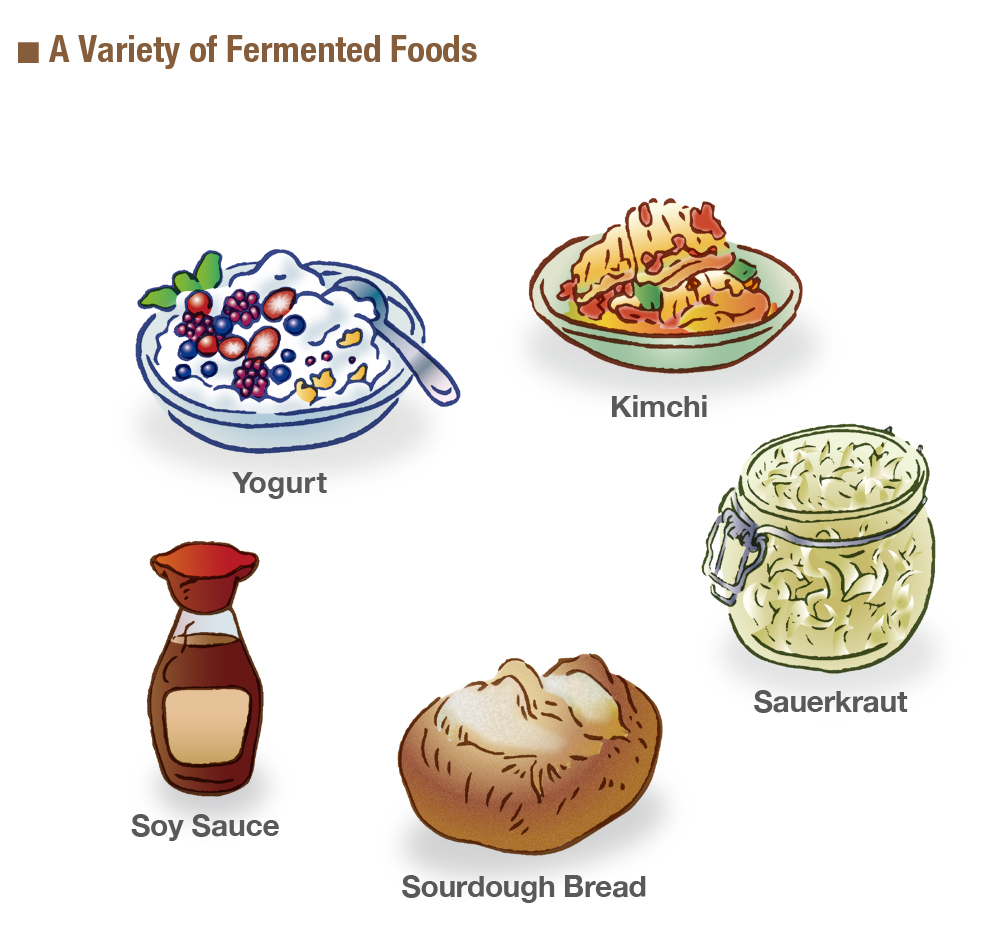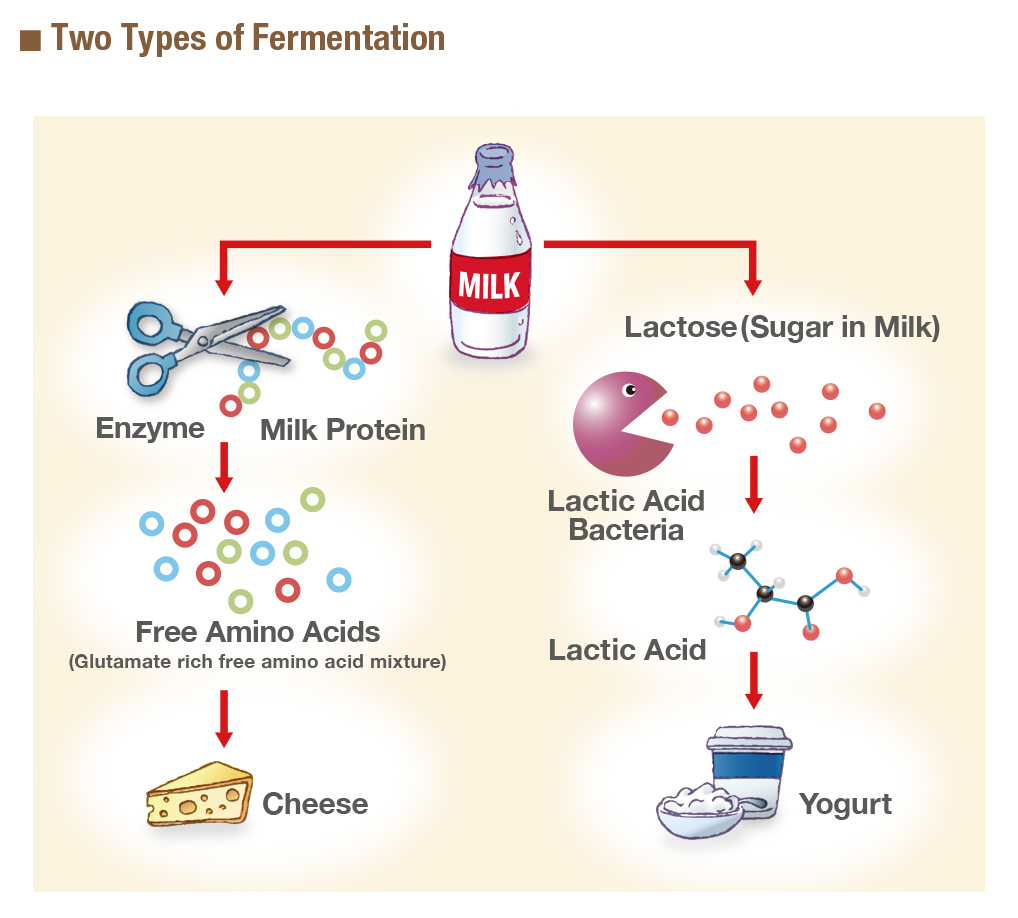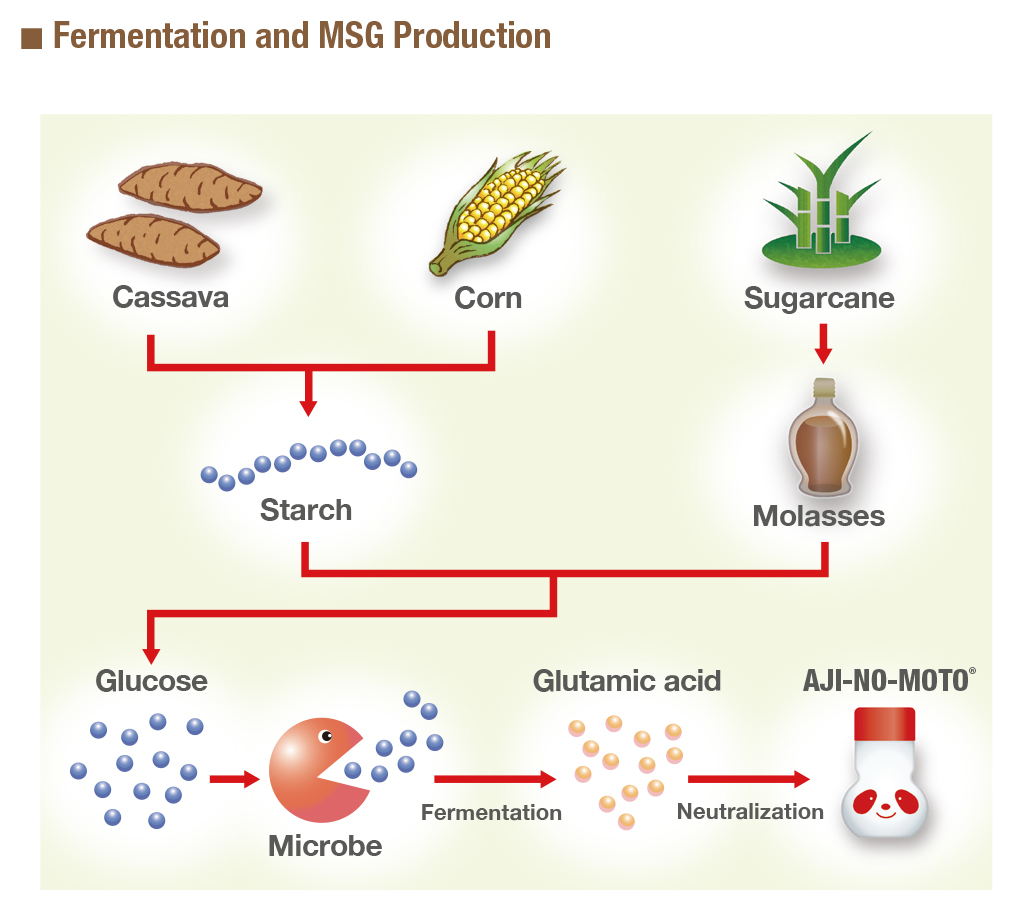All female mammals produce milk to nurture their young. Humans are unique in that some of us continue to consume milk as adults. Drinking milk, whether from a cow, goat, sheep, or buffalo, has many benefits. It’s rich in fat, protein, sugars, and micronutrients such as calcium and vitamin D. Plus it’s a source of clean water, and researchers believe it may even supply antibodies that fight infection.
Unfortunately, fresh milk spoils quickly and digesting its lactose content requires lactase, an enzyme normally produced only by infants. While certain groups, mainly in Europe, have evolved to produce lactase into adulthood, this trait is actually relatively rare. Fortunately, fermentation allows humans to consume milk safely, as fermented milk and yogurt have less lactose than fresh milk, and hard cheeses like cheddar and parmesan have little to none.

In fermentation, microorganisms—bacteria, or fungi such as yeast and mold—cause a beneficial change in an organic substrate. There are two kinds of fermentation. With “scissors fermentation,” enzymes produced by microorganisms cut apart proteins. This turns milk into cheese and soybeans into soy sauce. With “Pac-Man fermentation,” microorganisms directly consume sugar or carbohydrates, turning milk into yogurt and grapes into wine. It’s easy to confuse fermentation with food spoilage, as the cause is the same: microorganisms.

Fermentation has been used by humans for at least 10,000 years to make foods, including grains, legumes and vegetables, easier to digest and to preserve them. It’s used to make bread, sauerkraut, kimchi, natto, and soy sauce, to name just a few, and of course beer and wine. And all animals, including humans, have gut bacteria that break down food using fermentation into nutrients such as amino acids, the building blocks of proteins.
Fermentation also enhances the flavor of foods by increasing the concentration of amino acids, including glutamate, the key to our umami seasoning products. Until the 1960s, MSG was produced without fermentation using wheat protein extracted from gluten. The discovery of the bacteria that turns glucose into glutamate using Pac-Man fermentation made it possible to produce MSG on a large scale, anywhere in the world, from sugarcane, cassava, sugar beet or corn. Today, fermentation accounts for almost the entire 3.2 million tons of MSG produced annually.







